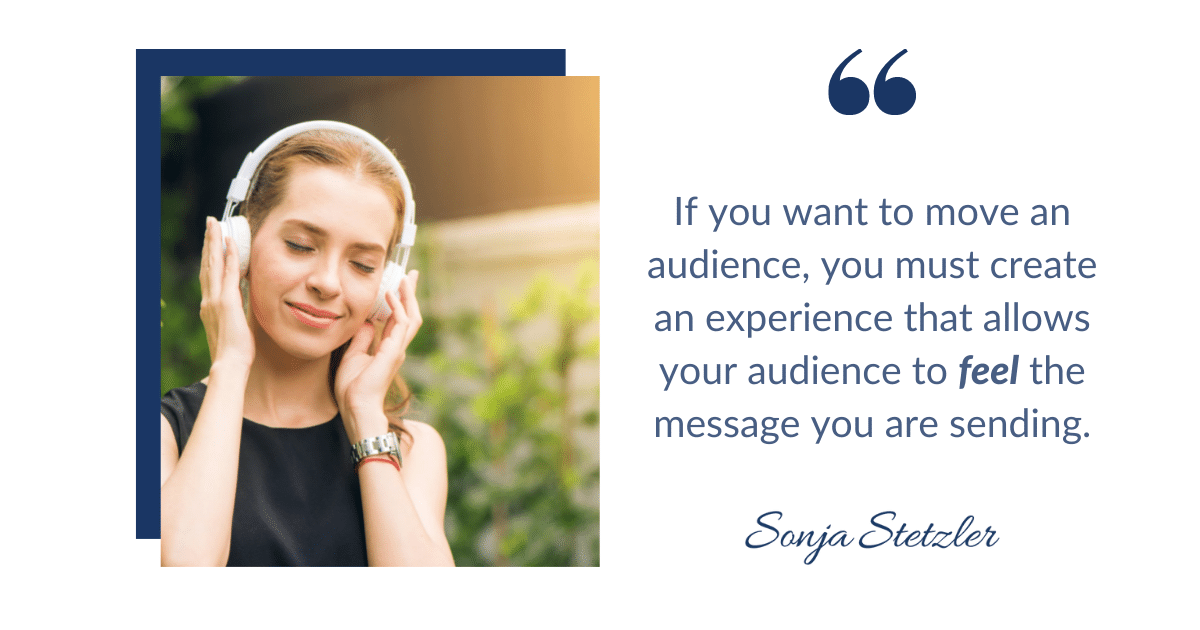As speakers, we need to be intentional about how we use our emotions for influence.
I am often asked by clients how they can be more influential with the emotions of their audiences. Some have an ask for their senior leadership, others want their audience to accept a change within their organizational processes or procedures, and some want an intangible shift towards more positivity. How can these changes be achieved?
At the heart of any change is identifying what you want your audience to feel. As humans, we make decisions about how we feel. And if you want to move an audience, you must create an experience that allows your audience to feel the message you are sending. You may have great data to support your message, but unless you are evoking emotion, you may not get the results you are seeking.
Here are three ways you can influence the emotions of your audience.
1. Self
One of the easiest and most impactful ways to influence emotions in an audience is through our facial expressions, our tone of voice, and through our posture. Think about what you want your audience to feel – excitement? Optimism? Trust? Much of the research on emotional contagion has been in the study of facial expressions. Think about it – when we smile at others, they tend to return the smile. Since many of us are speaking on virtual platforms, we can still evoke emotions through our computer screens. What messaging are we sending through our facial expressions? Posture? Tone of voice? Becoming more intentional in how we employ these nonverbal communication behaviors can influence how our messaging is perceived by our audiences.
2. Visuals
Are your slide decks filled with text and bullet points? Did you know that an audience is 43% more likely to be persuaded when visuals are used in a presentation? An image on a slide can invoke emotion more effectively than text, and visuals are more likely to enable your audience to remember your message.
3. Music
A few years ago, I was asked to speak at a supply chain event, and the conference producer asked me what music I wanted to have playing as I walked onto the stage. I had not been asked that question before, and I thought it was interesting. I chose a song that was upbeat and energetic, as that aligned with my message and how I wanted my audience to feel. Is there an opportunity to use music before or during your presentation to set the mood for your audience?
Thinking about emotional contagion and how our emotional status can influence others can be helpful in influencing the emotions of an audience to reach our speaking and messaging goals.

